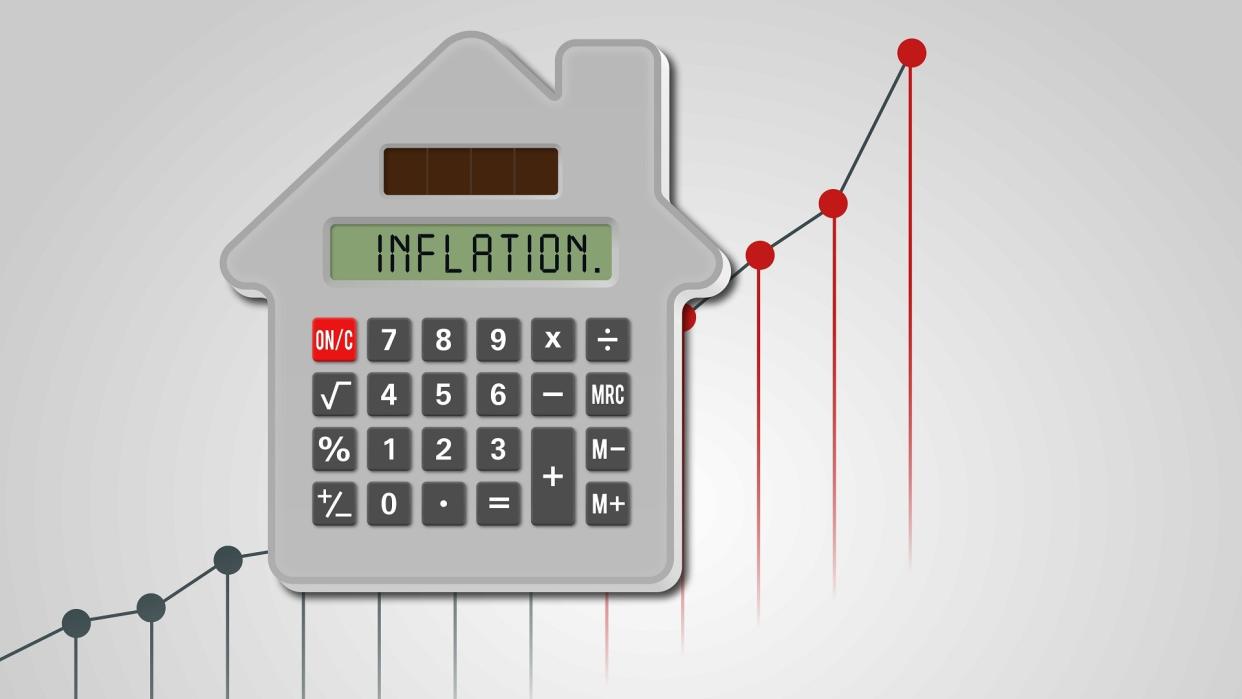Why Mortgages Will Become More Costly After Today’s Fed Rate Hike

Potential home buyers already spooked by the highest mortgage rate in 14 years aren’t likely to feel much better after the Federal Reserve’s next rate hike, scheduled for Sept. 21, 2022. The Fed is expected to raise the rate by 75 basis points — its third straight such hike in the central bank’s quest to tame inflation.
See: Stimulus Payments Coming to These States in September 2022
Looking To Diversify in a Bear Market? Consider These 6 Alternative Investments
Some have speculated that the hike would go as high as 100 basis points, the Wall Street Journal reported. No matter the final number, another Fed rate hike will likely push mortgage rates even higher than they already are.
Earlier this month, the average interest rate on a 30-year home loan reached 6% for the first time since 2008, CBS News reported. That’s up from 3.1% as recently as a year ago. In terms of dollars, the change in average rates over the last year adds about $520 a month in interest costs to a $300,000 loan, according to Jacob Channel, senior economist at LendingTree.
Another Fed rate hike doesn’t necessarily mean mortgage rates will see a significant spike, Channel told CBS News in an email. “Remember that while the Fed’s actions do impact mortgage rates, it doesn’t directly set them,” he said.
But as a recent article on Next Advisor noted, whenever the Fed raises interest rates, banks typically raise rates on mortgage loans, home equity loans, lines of credit and other products.
Home equity loan rates are determined by the cost to banks and other lenders of borrowing money, which means those rates will likely go up following the Fed’s rate hike. That’s even more likely with home equity lines of credit (HELOCs) because their variable rates are often based on an index that mirrors the Federal Reserve.
A blog on the Experian website noted that when the Fed hikes interest rates, it means the central bank is changing its target for the federal funds rate. That’s the rate the Federal Open Market Committee (FOMC) advises commercial banks to charge when they lend money to other banks.
Banks typically add 3% on top of the federal funds rate when setting their prime rate for customers, Experian said. This means home buyers can usually expect to see higher mortgage rates whenever the Fed implements another rate hike. It also means many lenders will make it even more difficult for some buyers to get a loan.
This is a problem for all home buyers, but even more so for minorities, who already have a higher-than-average denial rate on mortgage applications. For all applicants in the United States, the purchase application denial rate was 8.3% in 2021, National Mortgage News reported on Tuesday. In contrast, the denial rate for Black potential homebuyers was 15.3%, and the denial rate for Hispanic whites was 10.6%.
Take Our Poll: Do You Think You Will Be Able To Retire at Age 65?
“The higher the interest rate, the greater impact on homeownership for minority households,” Daniel Smith, Founder and CEO of homeowner platform Keepingly, said in an email comment to GOBankingRates. “Current rates make the monthly cost more expensive for these borrowers, effectively squeezing them out of the market.”
More From GOBankingRates
This article originally appeared on GOBankingRates.com: Why Mortgages Will Become More Costly After Today’s Fed Rate Hike
